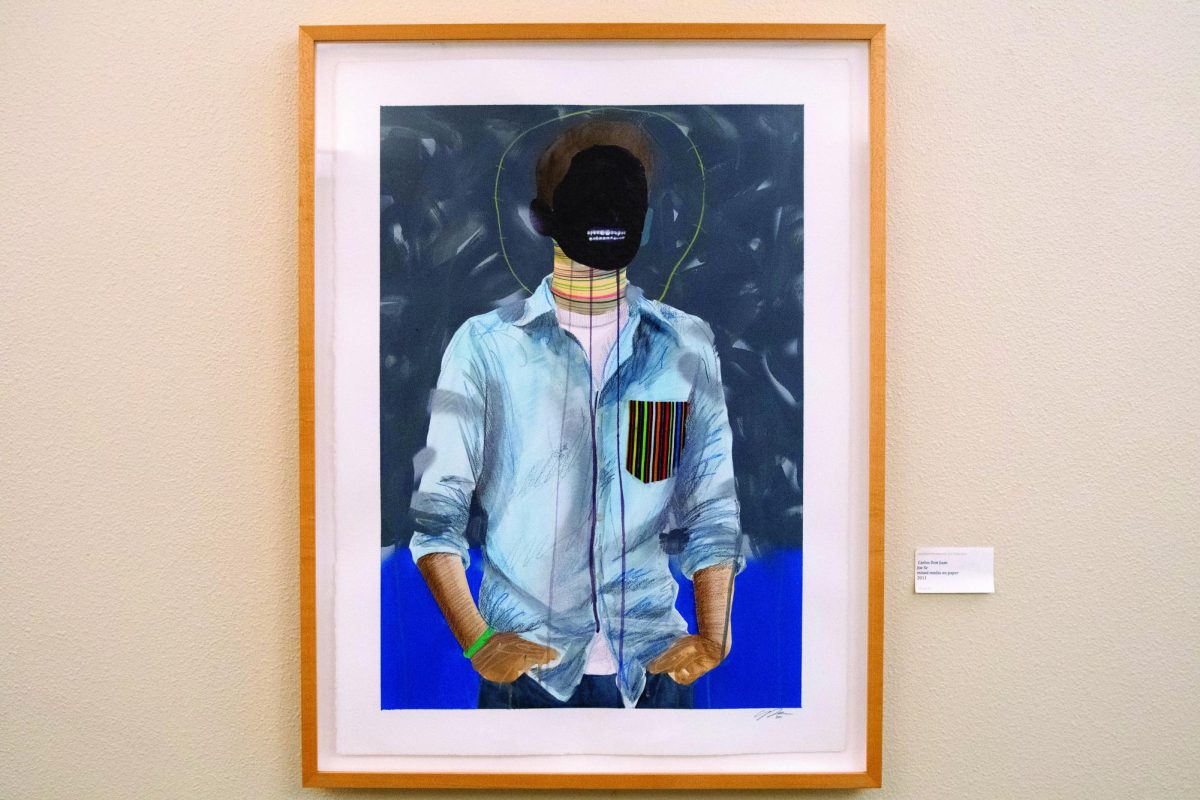By Jamiah Sandles

Ann Rinaldi’s 1996 historical novel “Hang a Thousand Trees with Ribbons” is the story of Phillis Wheatley, the first published African-American poet.
Phillis was kidnapped from Africa as a child and sold as a slave in America. The Wheatley family of Boston bought her but reportedly treated her well and educated her.
They eventually promoted her work and helped her publish it.
Life and Legacy
Phillis Wheatley was born in Gambia in Senegal, West Africa.
She was about 7 in August 1761 when Susanna Wheatley, wife of prominent Boston tailor John Wheatley, purchased her.
As was custom, she adopted her master’s last name. She studied English, Latin, Greek, theology, history and literature.
At 13, she published her first poem, “On Messrs. Hussey and Coffin,” about two men lost at sea.
John Wheatley’s son took Phillis to England to seek patronage from her poems, which led to the publication of her first poetry collection, “Poems on Various Subjects,” in 1773. She was the first African-American, first U.S. slave and third American woman to publish a book of poems.
She was well known among literate colonists, and her achievements helped the fledgling abolitionist movement, according to the Poetry Foundation.
Phillis was freed in John Wheatley’s will when he died in 1778. His wife and daughter died soon after.
Phillis eventually married John Peters, a free black man, but they struggled financially. She died in 1784 at about 31 before she could publish a second poetry volume.
Plot
Rinaldi follows the high points of Phillis’ life while fictionalizing many aspects of it.
Once she arrives on American soil, Phillis is sold to the Wheatley family to work as a house servant.
In the novel, Phillis struggles with her desire to be free to write poetry. She had been well-educated by the Wheatley family and taught things about being free.
The more she learns, the more she yearns for independence.
On a quest to show off her work, she is upset by the circumstances of which her work is being displayed. She is resentful and rebellious towards the Wheatley family because she wants to take pride in her work.
Review
“Hang a Thousand Trees with Ribbons” is a magnificent fictionalized story about Phillis’ life.
Rinaldi’s main focus was to encourage young girls to learn about history. As seen throughout the novel, she makes her characters relatable by creating real concerns that young women tackle daily.
Though “Hang a Thousand Trees with Ribbons” is based on a true story, there are several exaggerations within the novel concerning Wheatley’s social and romantic life that are not historically proven.
For example, Nathaniel’s sister is shown being envious of Wheatley’s talents, and Phillis is characterized as possessing romantic feelings for Nathaniel.
Despite these dramatizations, the book is a wonderful introduction to an important woman in American history.












